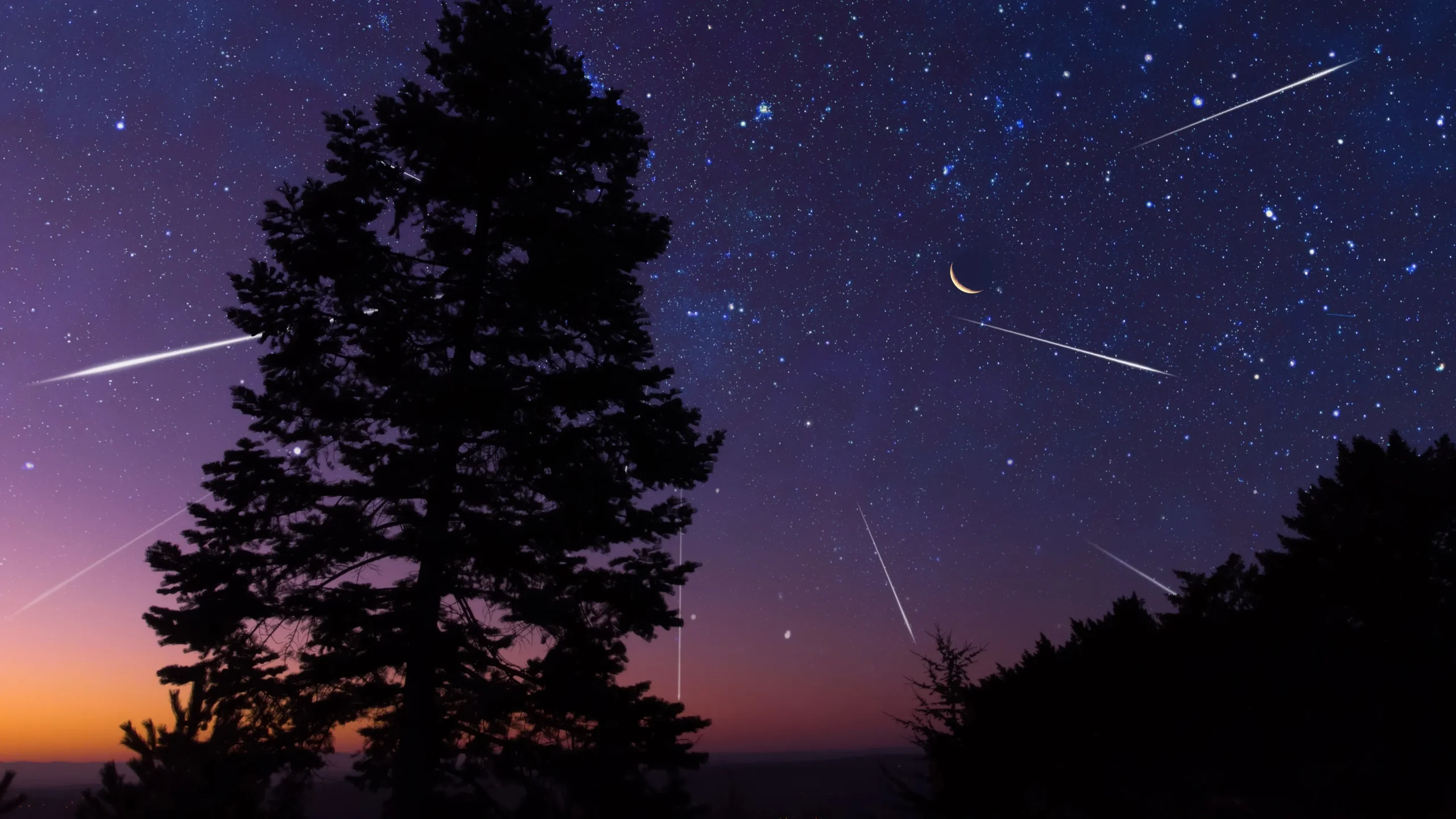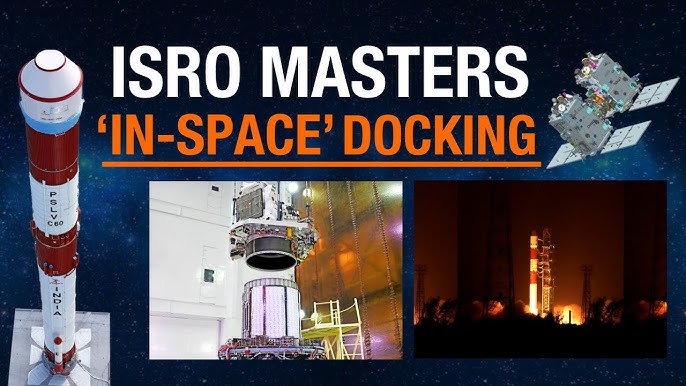

Best Time To Witness The Taurid Meteor Shower A Guide To Stargazers
Best Time To Witness The Taurid Meteor Shower A Guide To Stargazers
As the year winds down, something is always there in the sky that astronomy enthusiasts watch out for: the Taurid meteor shower. A perfect overlap this year actually falls on Election Day in the United States – November 5, 2024-providing that rare once-in-a-blue-moon chance for sky gazers to sight some shooting stars flashing through the night sky. The American Meteorological Society suggests that the best viewing times for this shower will be on Tuesday between midnight. This should prove to be an unforgettable event for both political observers and astronomy enthusiasts.
Understanding the Taurid Meteor Shower
In fact, the Taurid meteor shower forms not one single event, but two streams-the Northern Taurids and the Southern Taurids.
In late September and early November each year, Earth passes through a huge stream of debris left behind by a comet. As the comet dust enters Earth’s atmosphere traveling at 65,000 mph, it burns up to put on a great meteor display. The Taurids are produced by one of the largest comets in the solar system, Comet Encke, which may have broken up 10,000 years ago and spread along its orbit.
Maximum Visibility and Timing
Southern Taurids started on the 23rd of September and will end on December 8th. This year the peak is expected to appear around November 4-5th. For astronomers the best opportunity this year this time, as the full moon will be just about 11%. Therefore least bright and thus will allow better views of the meteor showers. The Northern Taurids also peak on 11th and 12th of November. However, the moon is about 79% full, so that will be a challenge during its illumination and may interfere with your view because the moonlight may overpower the fainter meteors.
Both branches of the Taurids are both well known for producing fireballs, bright, long-duration meteors which can leave terrific trails in the sky. According to Bill Cooke, lead of NASA’s Meteoroid Environments Office: “The Taurids can create really spectacular fireballs due to the size of the debris, so these are great to observe because they are bright and prolonged.”.
Best Viewing Practices A light-pollution-free area or at least away from city lights is a requirement to be perfect for meteor viewing. A great setup is to lie flat on your back and gaze straight up into the night sky. The meteors appear to come from a line through the constellation Taurus, but they do not have to be observed by gazing directly into Taurus since they are going to be visible all across the night sky.
It is said that midnight is the best viewing time as, by then, the constellation of Taurus would be already high up, giving a good view opportunity.
Patience is indeed what is required when looking out for shooting stars. As Shawn Dahl from NOAA’s Space Weather Prediction Center says, “it may take some hours-sometimes a few-to simply look up at the sky and see the meteors.” Although considered one of the longest-duration meteor showers, the Taurids usually only release about a few meteors an hour, even at peak hours. So, to see the most, spending as much time as possible outside and under the stars is required.

What to Expect:
Taurids have historically been perhaps one of the more sombre meteor showers, with so many years providing little or very few meteors to show. Of course, those times when the Taurids can surprise observers come a little more frequently these days. Apart from this kind of regular meteor rates, there also is this “swarm” chance at earthpassing through clusters of pebble-sized fragments shed off by the comet itself.
Though the next big swarm is forecasted to occur in November 2025, this year’s show is sure to see some fabulous moments. The Taurids are one of the rare meteor showers that could actually produce meteorites, fragments of a meteor that survived its journey through the atmosphere. It is known that most meteors disintegrate before touching the ground; however, these Taurids’ slower speed bears a better chance of leaving pieces that can be collected. Beyond the Taurids: A Season of Celestial Events The Taurid meteor shower is just one of the few astronomical events people can look forward to in the coming months. Last month’s display of the Orionids meteor showers impressed stargazers, while there’s always much anticipation for the Geminids meteor shower in mid-December-this one can produce up to 100 meteors per hour. Northern Lights are also more likely to appear as the current solar cycle peaks, making nighttime sky watching so much more enticing this season. Conclusion: The Taurid meteor shower has always been the sort of activity that, at its peak, offers an amazing chance for casual observers and stargazers to hook up to the cosmos. It’s a time to stop, look up, and appreciate the wonder of the universe above as it coincides with a special date.






I loved as much as you’ll receive carried out right here.
The sketch is tasteful, your authored subject
matter stylish. nonetheless, you command get bought an edginess over that you wish be delivering the following.
unwell unquestionably come more formerly again since exactly the same nearly very often inside case you shield this increase.
It’s a shame you don’t have a donate button! I’d without a doubt donate to
this fantastic blog! I suppose for now i’ll settle for bookmarking and adding your RSS feed to my Google account.
I look forward to new updates and will talk about this blog with my Facebook
group. Talk soon!
Interesting information provided, have send your url to a few others
Добрый день!
Долго не мог уяснить как встать в топ поисковиков и узнал от гуру в seo,
профи ребят, именно они разработали недорогой и главное буст прогон Xrumer – https://www.bing.com/search?q=bullet+%D0%BF%D1%80%D0%BE%D0%B3%D0%BE%D0%BD
Сервисы для линкбилдинг SEO упрощают работу специалистов. Линкбилдинг линкбилдинг сео курсы дают знания для новичков. Линкбилдинг пример помогает понять, как размещать ссылки. Линкбилдинг статьи используют для роста DR. Линкбилдинг для начинающих становится доступным через пошаговые инструкции.
как сделать сео самостоятельно, seo сайта в поиске, линкбилдинг москва
Как поднять показатели Ahrefs, seo продвижение ростов на дону, сео текст как написать
!!Удачи и роста в топах!!
Główne zalety legalnego kasyna Vavada to: Certyfikowane automaty do gier Oprogramowanie zweryfikowane przez niezależnych audytorów Gwarantowane wypłaty wygranych.
continuously i used to read smaller articles or reviews
which as well clear their motive, and that is also happening with this piece
of writing which I am reading at this time.
Pretty! This was an extremely wonderful article. Thanks for supplying this
information.
What’s up to every body, it’s my first pay a visit of this blog; this website carries awesome and in fact excellent material designed for
visitors.
I read this piece of writing fully about the difference of most recent and previous technologies, it’s remarkable article.
I blog often and I seriously thank you for your information. This article has truly peaked my interest.
I’m going to take a note of your site and keep checking for new information about once per week.
I opted in for your RSS feed as well.
My brother recommended I might like this
website. He was entirely right. This post truly made my day.
You cann’t imagine just how much time I had
spent for this information! Thanks!
It is not my first time to pay a quick visit
this website, i am browsing this web page dailly and get good data from here every day.
WS
سلام کاربران، در پلتفرمهای بازی
شرطی فکر نکنید؛ چنین سایتها مملو از ریسکها
مالی، عصبی و خانوادگی هستند.
خودم به یک شروع تمام داراییام را از دست داد نمودم.
اعتیاد نسبت به این بازیها فوریتر از امری که تصور میکنید رشد
میگردد. اصلاً وارد نکنید!
نکته مهم جدی راجع بهپلتفرمهای
قمار. اینجانب به عنوان شخصی که اتفاق مستقیم کردهام، اعلام میکنم که این پلتفرمها مکانی جهت غارت پول افراد هستند.
بازی شروع موفق است، لیکن سپس الگوریتمها به گونهای ساخته میشوند که کاربر همیشه ناکام
گردید. تهدید اعتیاد قویتر از هرگونه چیز دیگری است و میتواند
آیندهتان را ویران کند. دور کنید!
دوستان محترم، وبسایتهای شرطبندی صرفاً سرمایهتان را میگیرند، بلکه آرامش عصبیتان
را نابود میبرند. خودم ورود از
سرگرمیشدم، اما ناگهان مبتلا وابستگی شد و شغلام رها کردم.
ریسک آنها جاها بیشتر از آن است که تصور میکنید.
پرهیز مطلق در چنین ضروری است!